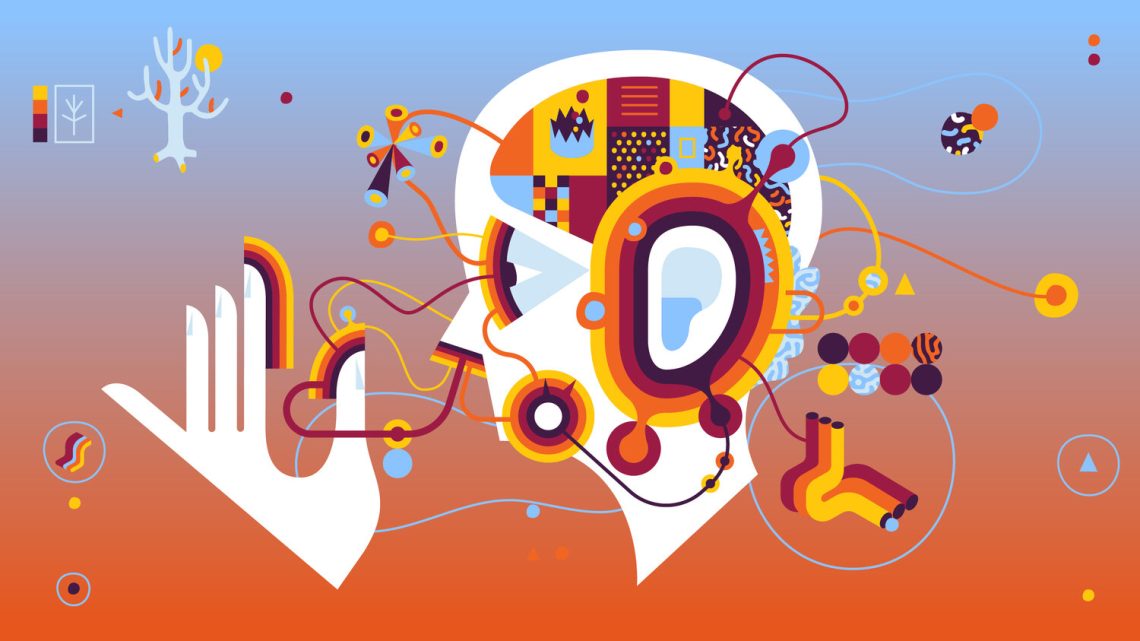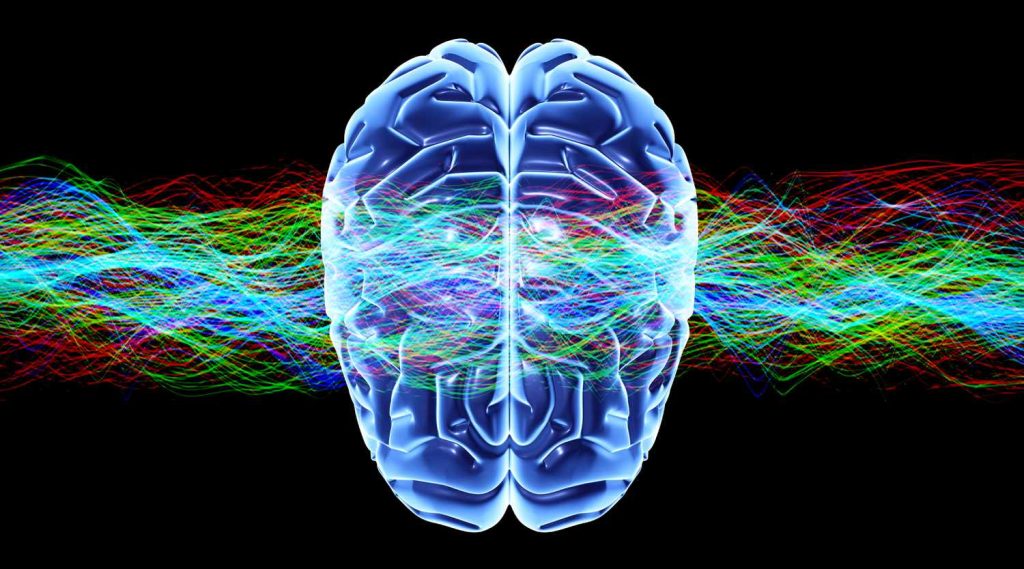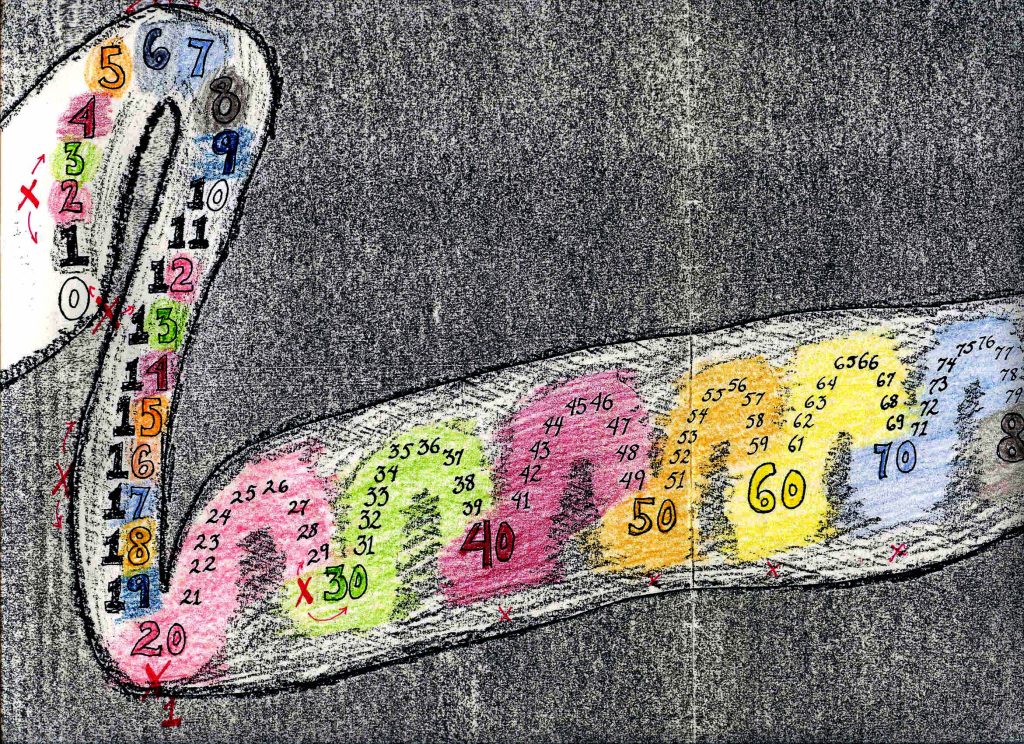
Seeing the World Differently – Understanding Synaesthesia
Synaesthesia is when you hear music, but you see shapes. Or you hear a word or a name and instantly see a colour. Synaesthesia is a fancy name for when you experience one of your senses through another. For example, you might hear the name “Alex” and see green. Or you might read the word “street” and taste citrus fruit.
The word “synaesthesia” has Greek roots. It translates to “perceive together.” People who have this ability are called synesthetes. Synaesthesia isn’t a disease or disorder. It won’t harm your health, and it doesn’t mean you’re mentally ill. Some studies suggest people who have it may do better on memory and intelligence tests than those who don’t. And while it may seem easy to make up, there’s proof that it’s a real condition.
One of the most common responses is to see letters, numbers, or sounds as colours. You might also:
-
See or hear a word and taste food
-
See a shape and taste food
-
Hear sounds and see shapes or patterns
-
Hear sounds after you smell a certain scent
-
Hear sounds and taste food
-
Feel an object with your hands and hear a sound
-
Feel a touch when seeing someone else being touched. (This is called mirror touch.)
You might have more than one response. It can be an annoyance. Children say it can make reading tricky when they see colours that other people don’t. If you have taste-related synaesthesia, it can be startling when a bad taste comes on suddenly. But most synesthetes see their condition as a sixth sense, not a drawback.

Synaesthesia Symptoms
You can’t control it. The response happens right away. You can’t help it. This is true even with new experiences. For example, if you hear a new piece of music, you may see a colour or taste a flavour without any effort. It just happens. It’s internal, mostly. The colours are just in your mind. Only a few synesthetes see colours outside their body.
It stays the same over time. If you see the letter “A” in green today, you’ll see it in green 10 years from now. One study asked people with synaesthesia to look at 100 words and say the colour they saw for each. A year later, researchers gave the participants the test again without telling them ahead of time. The answers matched more than 90% of the time. Answers from people without synaesthesia taken just 2 weeks after the first test matched only 20% of the time.
It often starts in childhood. Studies of kids with synaesthesia found that it develops over time. The colour and letter associations may be random at first and become more fixed as you grow.
Who Gets Synaesthesia?
It seems to affect women more than men, but some researchers say this isn’t true. They say women are just more willing to discuss the condition. Left-handed people may be more likely to have synaesthesia than righties. Also, researchers suggest some synesthetes are artistic and often have hobbies like painting, music, or writing.
If you have this condition:
-
Your perceptions are involuntary. When you hear music and see shapes or see a colour when you hear a word, you don’t think about it. It just happens.
-
You may be able to describe your sensations to others.
-
The crossovers between senses are predictable. For example, you may always see green when you hear the name “Alex.”
About 1% to 4% of people are thought to have it. We don’t know for sure because:
-
You may not realize you have it.
-
You think that everyone senses the same way as you do.
The number of people who come forward may go up because more people are talking about synaesthesia.

Synaesthesia Causes
Doctors aren’t sure. But they think people with synaesthesia are just wired differently from the rest of us. For example, scans of people who say they hear colours show they have a bigger brain response when they hear a sound. The images also show synesthetes have more connections between the parts of the brain that control their senses. Also, it’s in your genes. Synaesthesia appears to run in families and may be passed down from parent to child.
Types of Synaesthesia
There may be as many as 80 subtypes of synaesthesia depending on which senses are paired together. Some include:
-
Grapheme-colour synaesthesia. Certain letters or numbers are associated with specific colours.
-
Sound-to-colour synaesthesia. This is when certain sounds cause you to see shapes of different colours.
-
Lexical-gustatory synaesthesia. Certain words or sounds evoke different tastes. This is a fairly rare type of synaesthesia.
Synaesthesia Test
There is no specific test for this condition. But there are some tools online that may help you find out if you may have it. Talk with your doctor to know for sure.
You May Also Like

How Biodecoding Helps to Deal With Eczema
2022-04-29
One Absolute Drawback Of Cannabis Plant
2021-12-27


